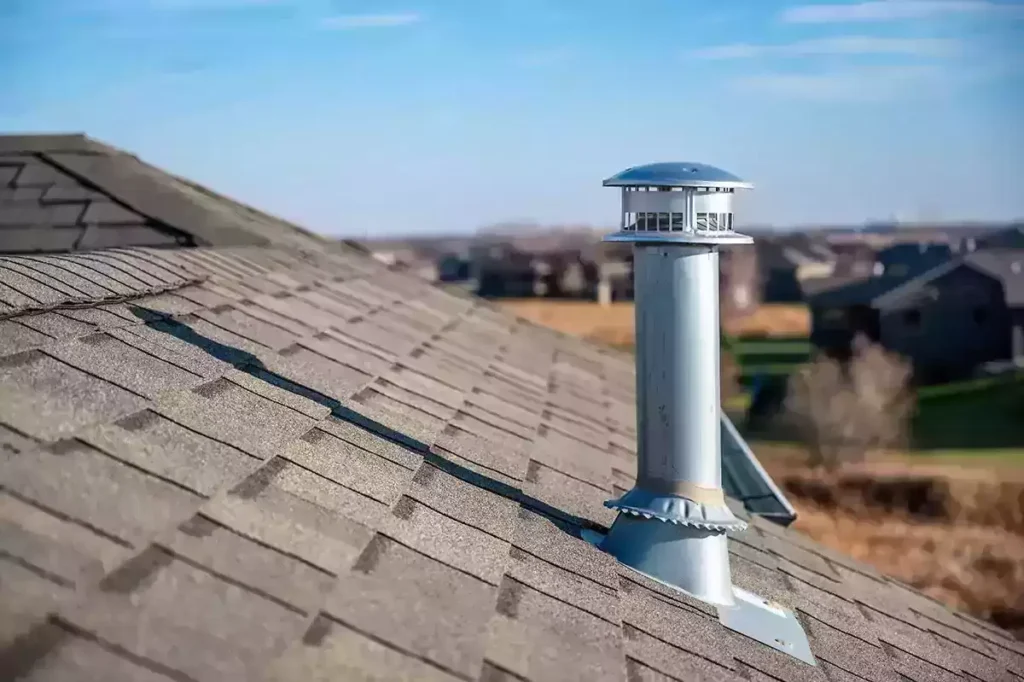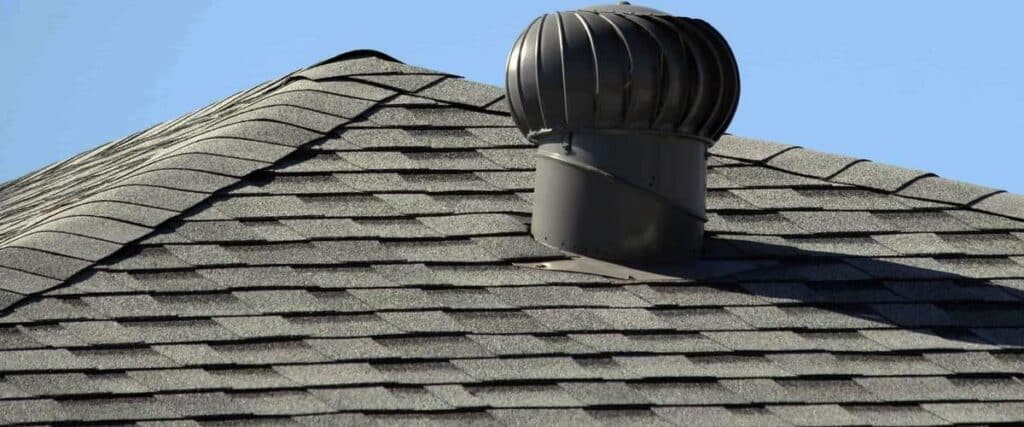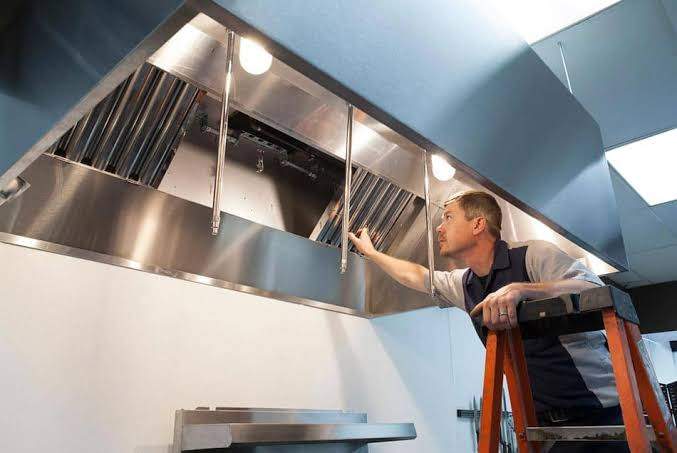Proper roof ventilation is essential for maintaining the structural integrity of a home. Understanding the various roof ventilation types is crucial, as not only do roof vents improve air circulation, but they also help reduce energy costs and extend the lifespan of the roof.
This article explores the basics of roof ventilation, the different types of roof vents available, their advantages and disadvantages, and how to choose the right one based on the building structure, climate, and budget.

What Are Roof Vents?
Roof vents are openings installed in the roof or gables that allow fresh air to enter and hot, moist air to escape from attic spaces. This continuous airflow helps regulate temperature and moisture levels inside the building, preventing damage caused by heat buildup and condensation.
Why Is Roof Ventilation Important?
According to the U.S. Department of Energy, proper attic ventilation can significantly reduce cooling costs during the summer and prevent ice damming in winter by maintaining a more consistent roof temperature[^1].
In addition to energy savings, effective ventilation:
- Prevents mold and mildew growth due to excess moisture.
- Reduces the risk of roof rot and insulation degradation.
- Helps maintain indoor air quality.
- Protects roofing materials from premature aging.

Common Types of Roof Vents
There are several types of roof vents, each designed to suit specific architectural styles and climatic conditions. Below is an overview of the most commonly used types:
| TYPE | DESCRIPTION | ADVANTAGES | DISADVANTAGES |
|---|---|---|---|
| Gable Vents | Installed on the triangular section of the exterior wall near the roof peak | Easy installation, natural airflow | Limited effectiveness in large attics |
| Turbine Vents | Spinning vents powered by wind to draw out hot air | Efficient natural ventilation, no electricity needed | May wear out over time |
| Fixed Roof Vents | Stationary vents that rely on natural convection for airflow | Durable, low maintenance | Less powerful than active systems |
| Power Vents | Electrically powered fans that actively exhaust air | High performance even with little wind | Requires electricity and higher maintenance |
[^1]: U.S. Department of Energy – Energy.gov

Choosing the Right Roof Vent
Selecting the appropriate type of vent depends on various factors:
- Climate : In hot and humid areas, high-efficiency vents like turbine or power vents may be necessary.
- Roof Size and Design : Larger roofs may require multiple vents or a combination of intake and exhaust vents.
- Budget : Some vents are more cost-effective than others, both in terms of initial purchase and long-term operation.
- Existing Ventilation System : It’s important to ensure compatibility with current roof structures and ventilation setups.
Installation Steps
Installing roof vents requires careful planning and execution. Here are the general steps:
- Choose the Type of Vent : Based on your building needs and climate.
- Measure and Mark the Area : Use a tape measure and level to mark the exact location.
- Cut the Opening : Carefully cut the hole using a circular saw or handsaw.
- Install the Vent : Secure it with galvanized nails and seal the edges with roofing cement or caulk.
- Add a Screen (if applicable) : To prevent pests and debris from entering the attic.
- Test the Vent : Ensure proper airflow and check for leaks.

Professional Insight: ArchUp’s Perspective
From an architectural and engineering perspective, roof ventilation is often overlooked in many construction projects, especially in residential buildings. At ArchUp, we believe that integrating efficient ventilation systems should be part of the early design process rather than an afterthought.
While turbine and power vents offer strong performance, they may not always be necessary depending on the building size and local weather conditions. However, in regions with extreme temperatures, investing in a well-balanced ventilation system is crucial for long-term durability and occupant comfort.
One criticism we often see is the over-reliance on fixed vents without sufficient intake and exhaust balance. This leads to inefficient airflow and potential moisture issues. We recommend combining different types of vents to create a dynamic system that adapts to seasonal changes.

Frequently Asked Questions (FAQ)
Q: Can roof vents reduce my energy bills?
A: Yes, proper ventilation reduces the load on HVAC systems by regulating attic temperatures, which can lower cooling costs by up to 15%.
Q: Do I need professional help to install roof vents?
A: While some vents can be installed DIY-style, hiring a professional ensures correct placement, sealing, and safety.
Q: Are all roof vents suitable for every type of roof?
A: No, some vents are better suited for sloped roofs, while others work best on flat surfaces. Always consult with a roofing expert.
Q: How many vents do I need for my attic?
A: A general rule of thumb is one vent per 150–300 square feet of attic space, depending on the roof design and local building codes.
Q: Should I clean or maintain my roof vents?
A: Yes, regular inspections and cleaning help prevent blockages from dust, leaves, or pests.

Summary Table
| FEATURE | DETAILS |
|---|---|
| Purpose | Improve air circulation, reduce heat/moisture, save energy |
| Main Types | Gable, Turbine, Fixed, Power |
| Key Factors for Selection | Climate, roof size, budget, existing system |
| Installation Steps | Choose vent, mark area, cut hole, install, seal, test |
| Maintenance | Periodic inspection and cleaning recommended |
| Recommended Practice | Combine intake and exhaust vents for balanced airflow |
Proper roof ventilation plays a critical role in the overall performance and longevity of a building. Whether you’re constructing a new home or renovating an existing one, selecting and installing the right type of roof vent can make a significant difference in comfort, efficiency, and durability.







